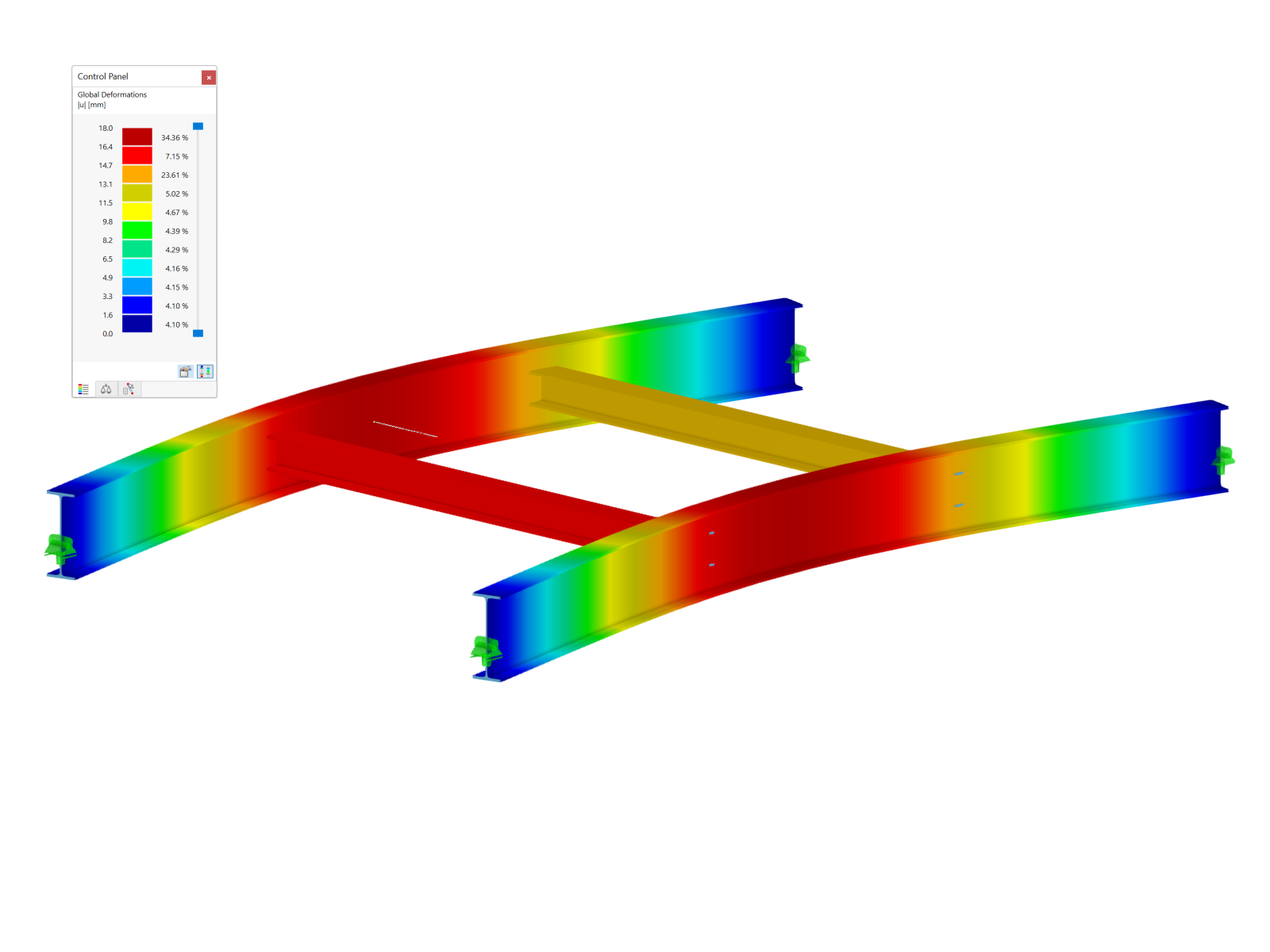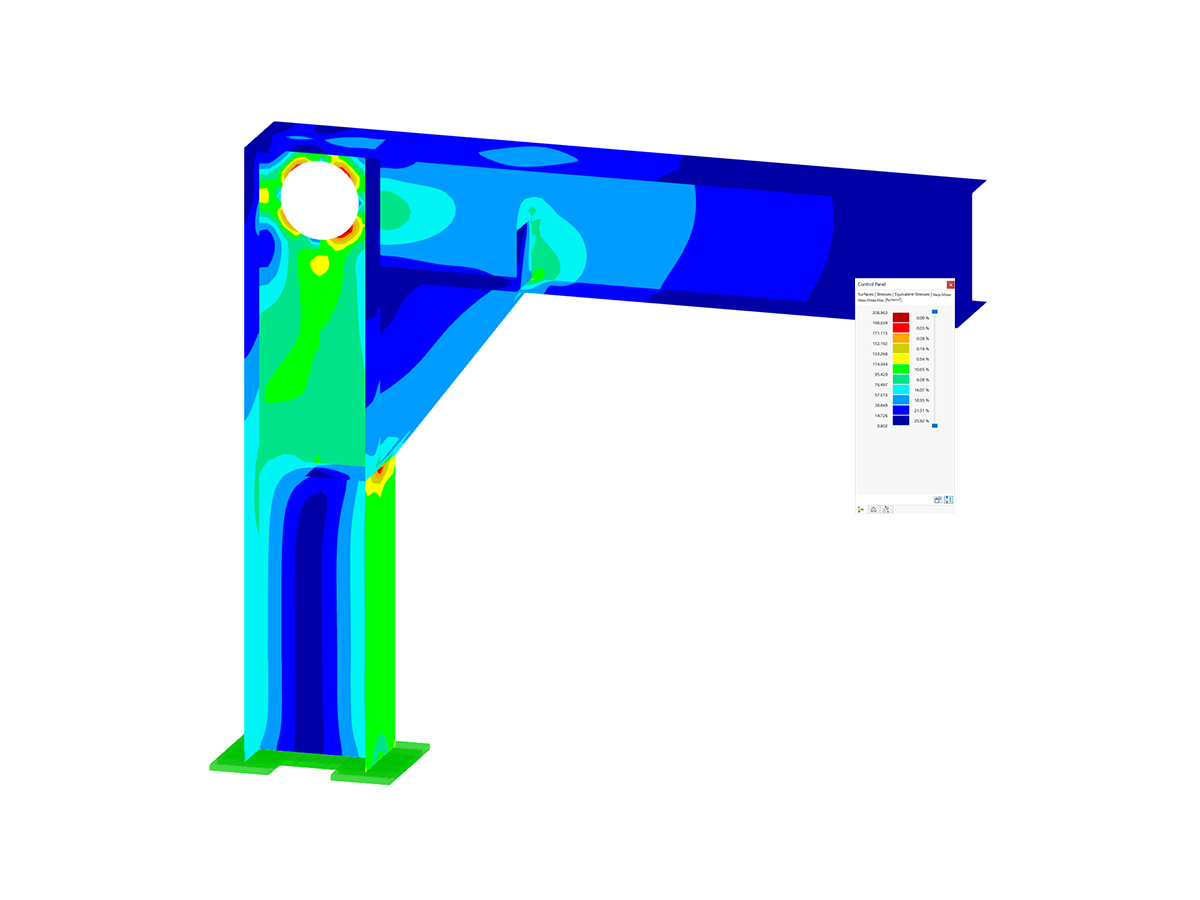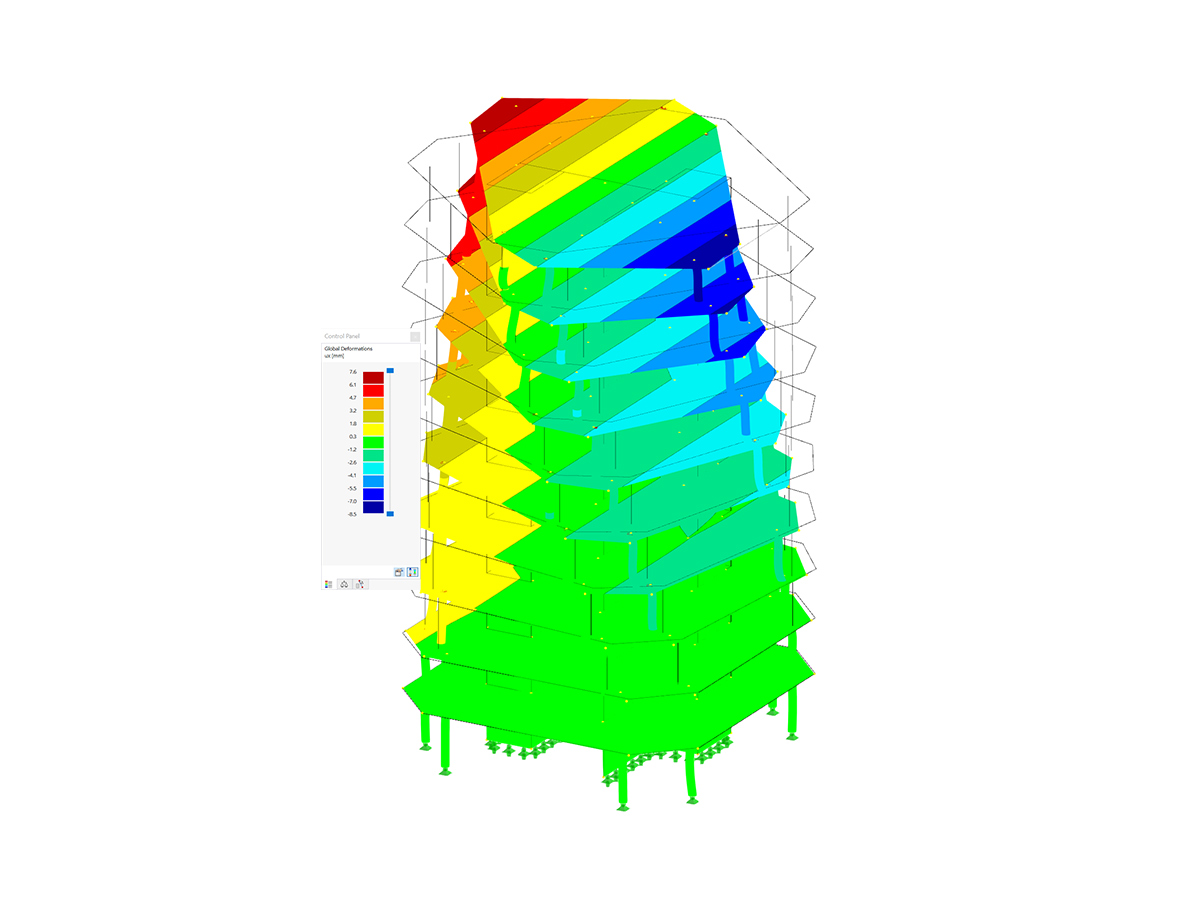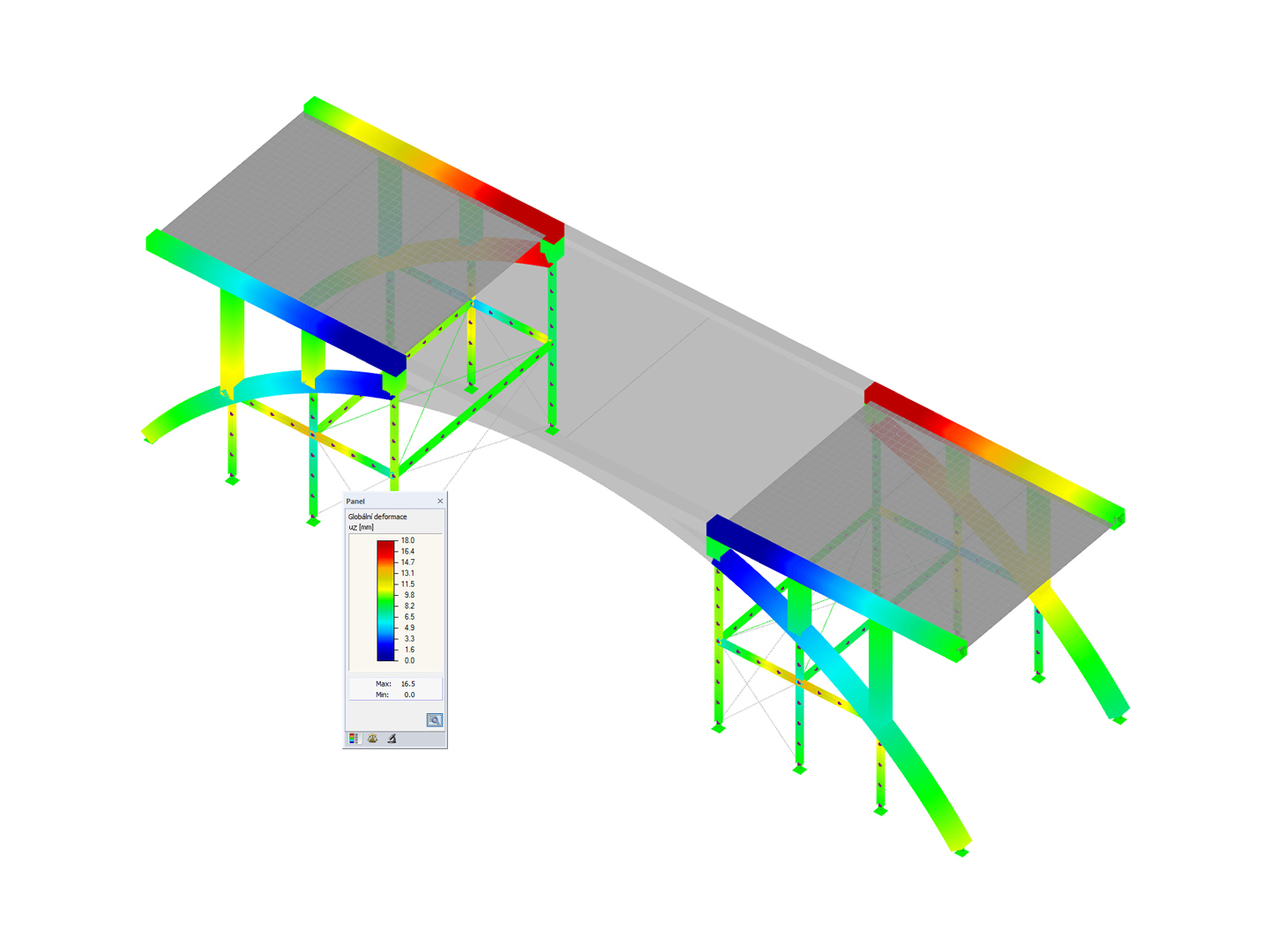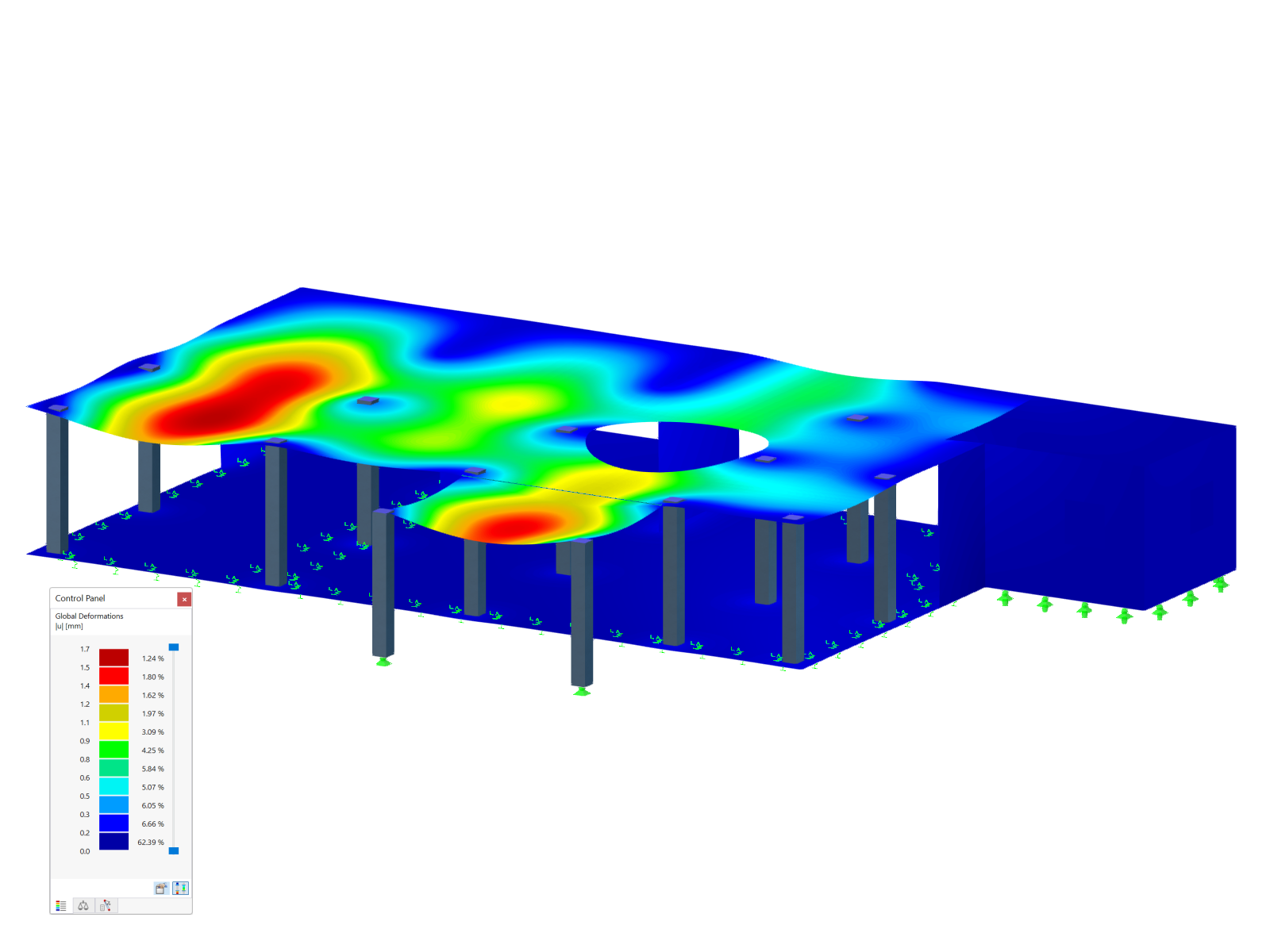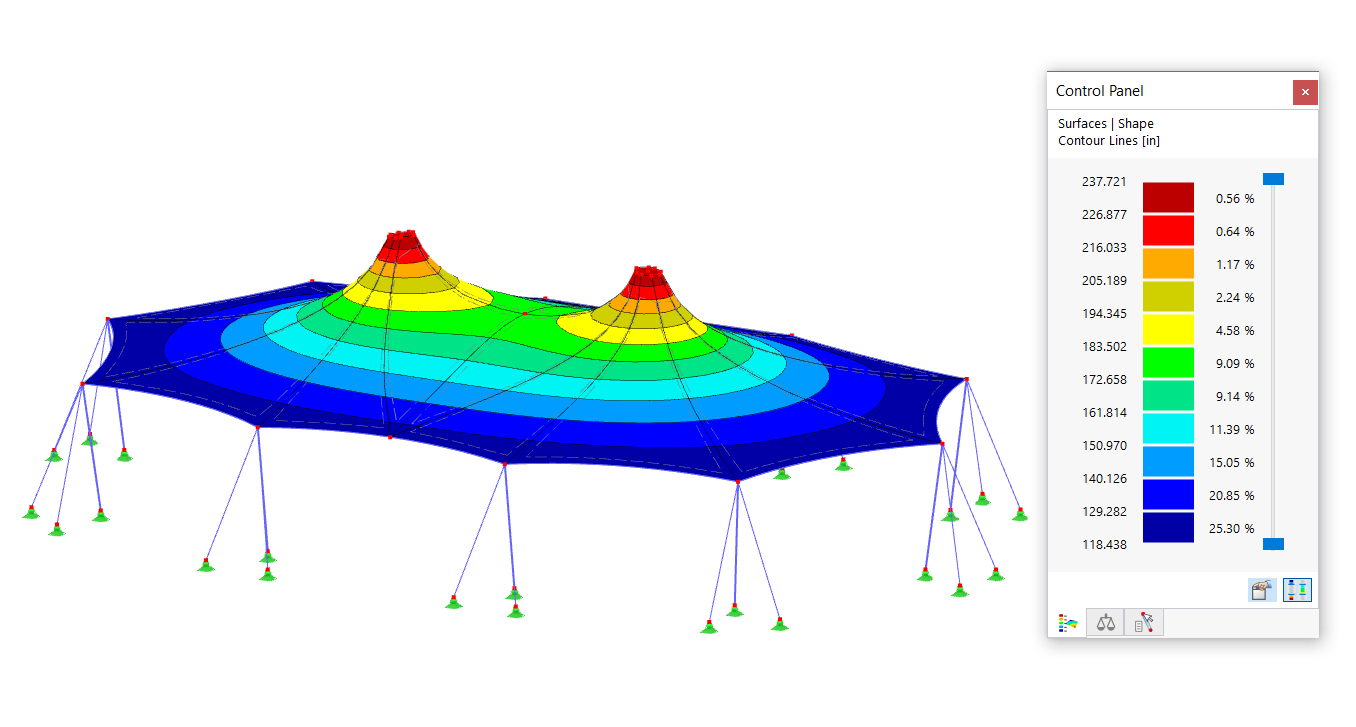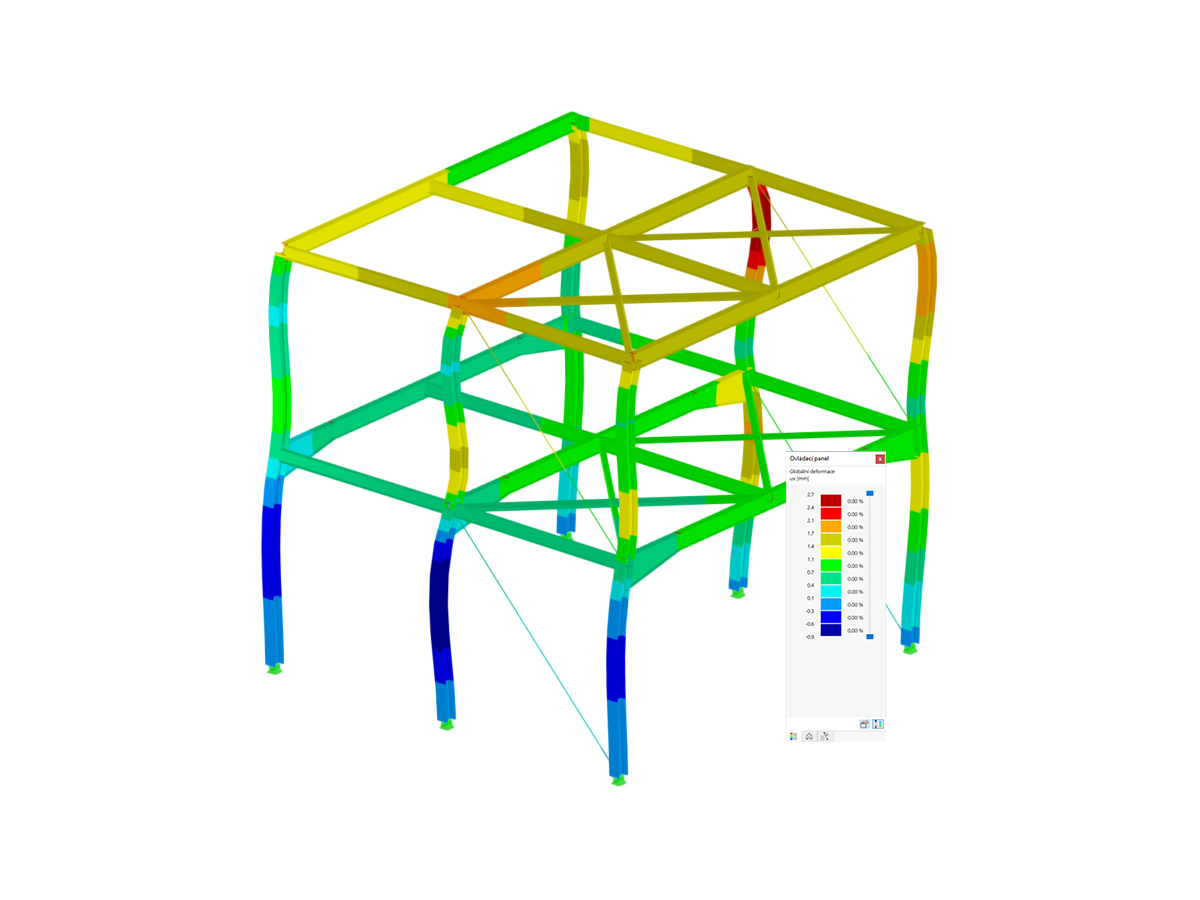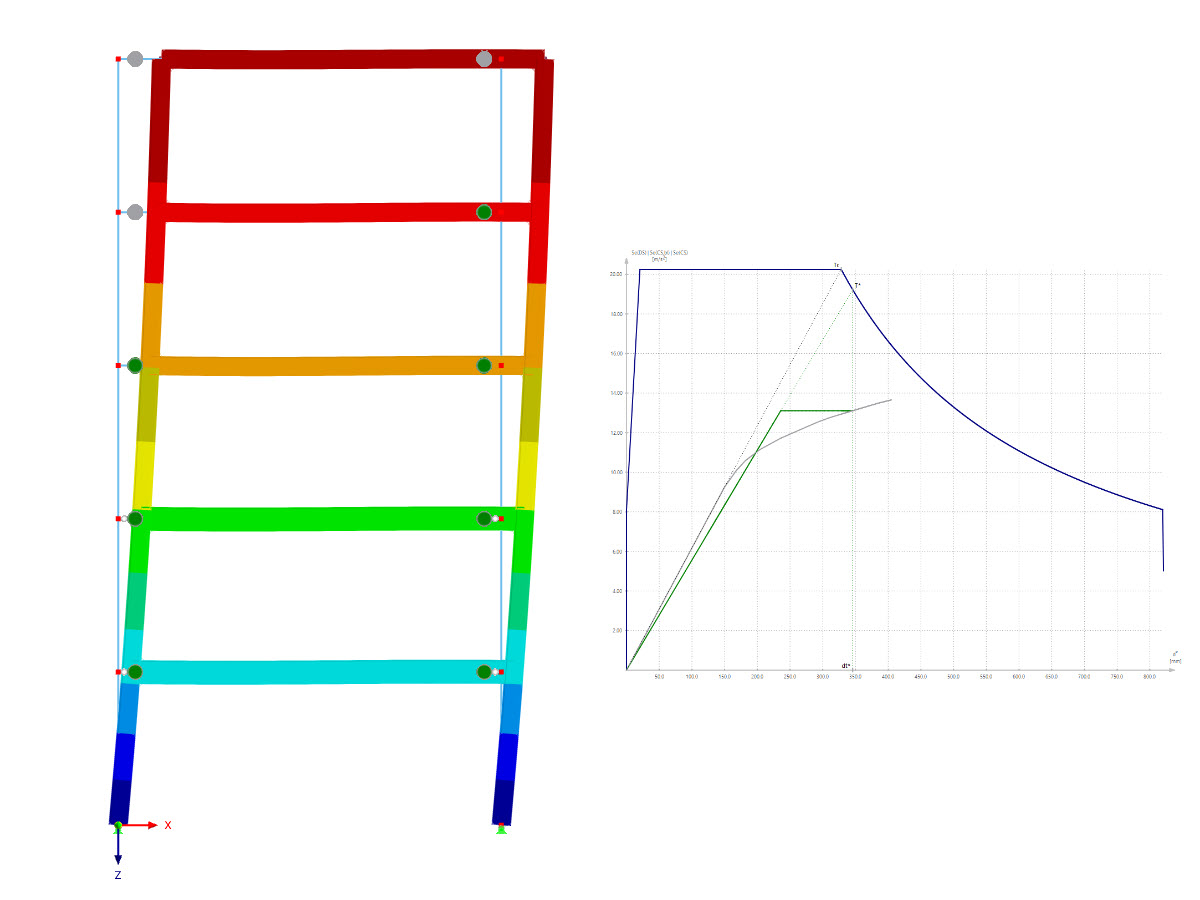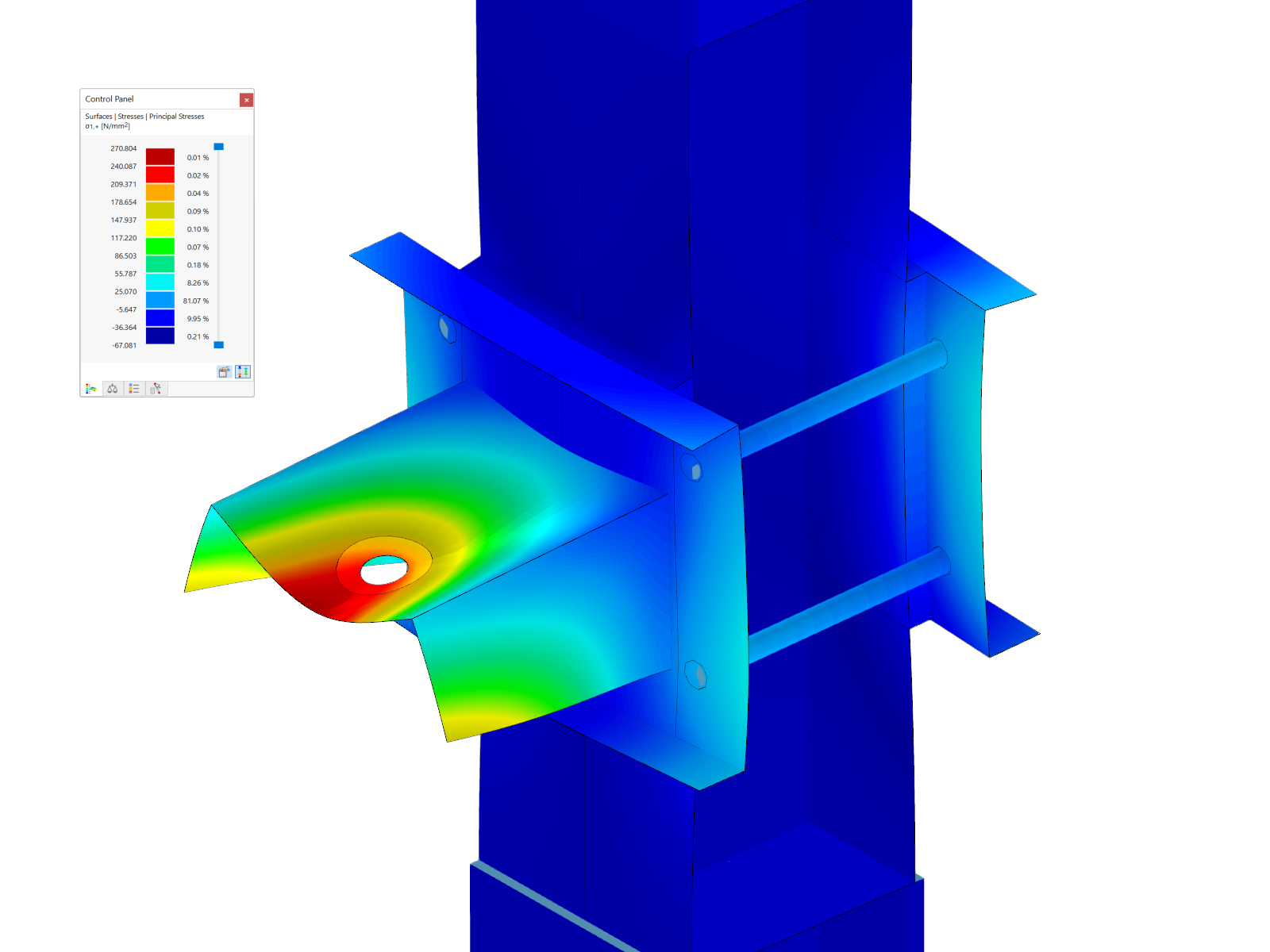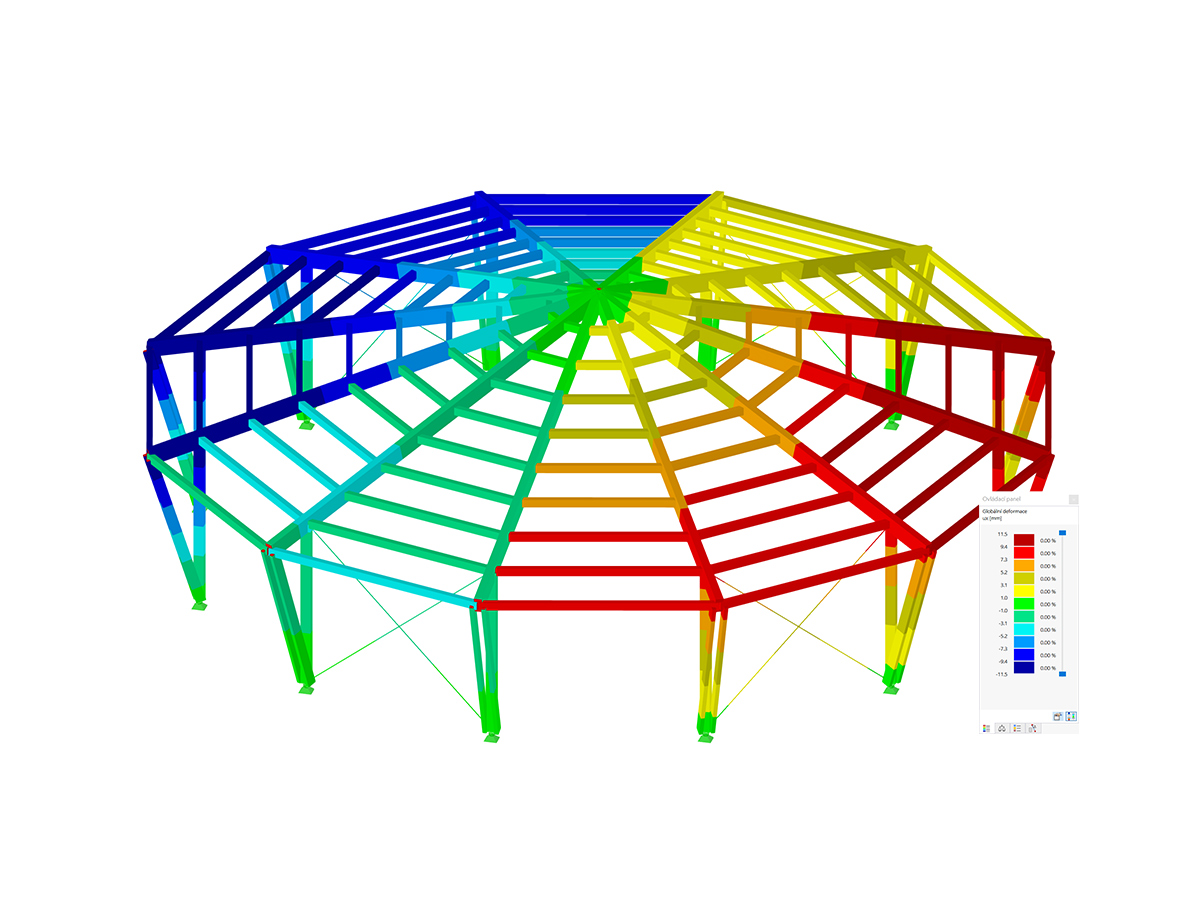In October 2011, the sailing ship Alexander von Humboldt II started its service and has been conquering the seas ever since. The ship, operated by the German Sail Training Foundation (DSST), is a barque rigged with three masts. The masts and hull consist of steel.
It is the first new vessel of a German tall ship after the construction of the Gorch Fock, the training ship of the Navy. On the Alex II, you can enjoy sailing trips lasting one or more days or learn to sail on special training trips.
HB Hunte Engineering GmbH was responsible for the construction of the new ship. Marine Engineering Wollert GmbH performed calculations of the rigging (the masts and the cordage holding the masts) as well as strength calculations of the hull. Both have been Dlubal customers for many years and use RFEM for their analyses.
| 5 star | ||
| 4 star | ||
| 3 star | ||
| 2 star | ||
| 1 star |
Sailing Ship
| Number of Nodes | 6480 |
| Number of Lines | 3792 |
| Number of Members | 360 |
| Number of Surfaces | 442 |
| Dimensions (Metric) | 67.791 x 19.275 x 42.923 m |
| Dimensions (Imperial) | 222.41 x 63.24 x 140.82 feet |
| Program Version | 5.01.01 |
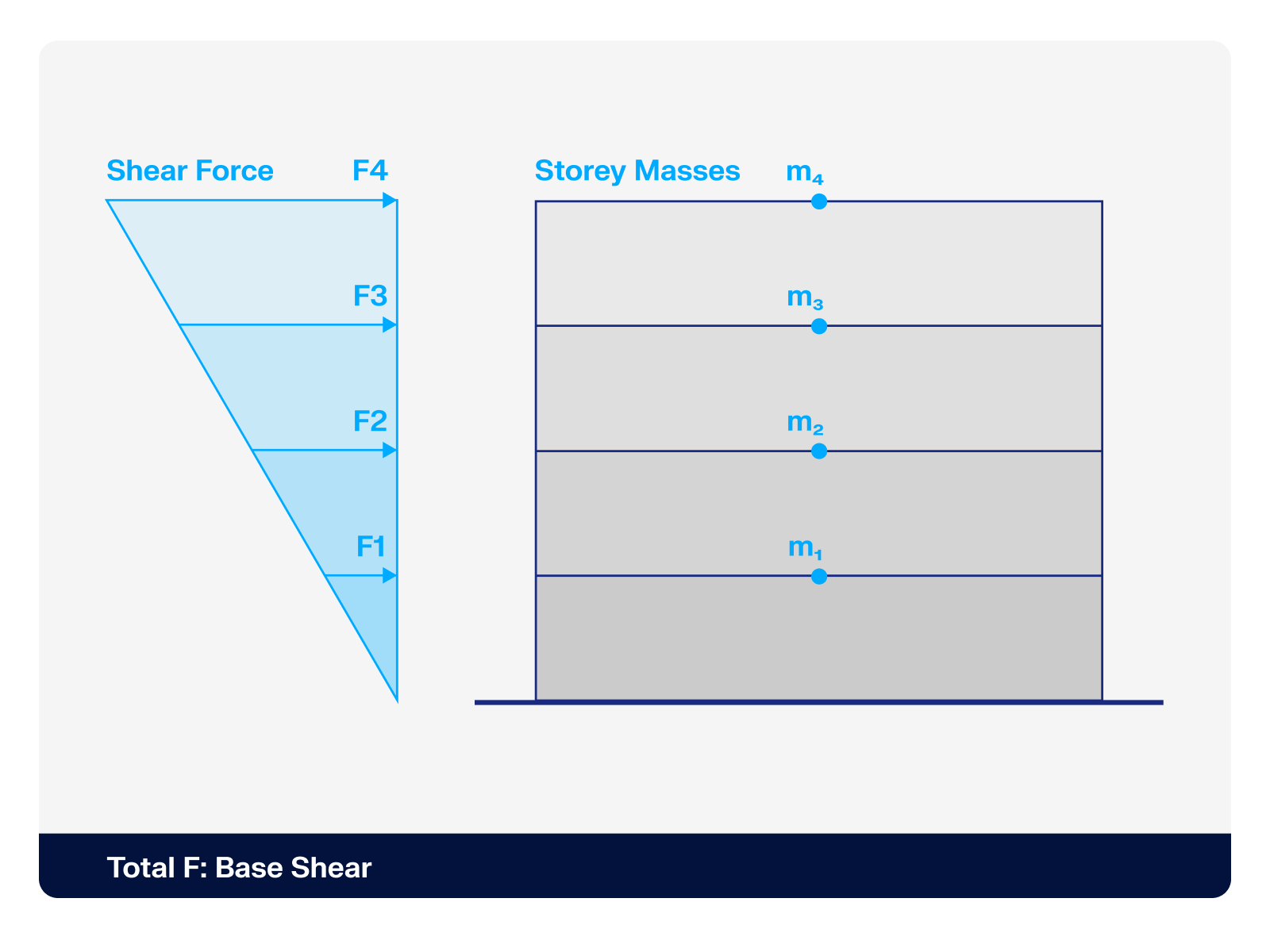.png?mw=512&hash=4a84cbc5b1eacf1afb4217e8e43c5cb50ed8d827)



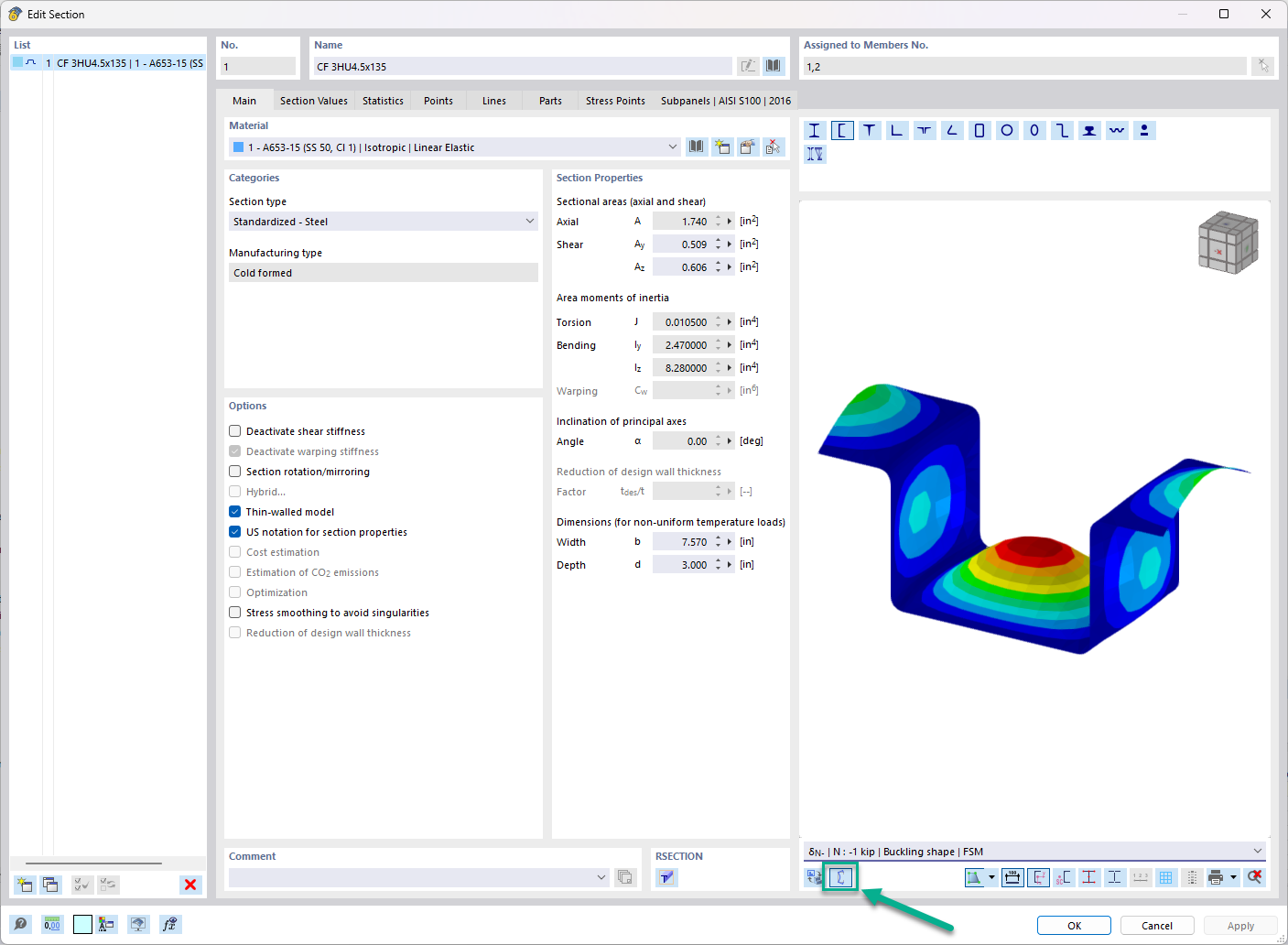
In the "Edit Section" dialog box, you can display the buckling shapes of the Finite Strip Method (FSM) as a 3D graphic.

In the Steel Design add-on, you can perform the stability and cross-section design checks of cold-formed sections according to EN 1993‑1‑3 in compliance with Sections 6.1.2 – 6.1.5 and 6.1.8 – 6.1.10.
Go to Explanatory Video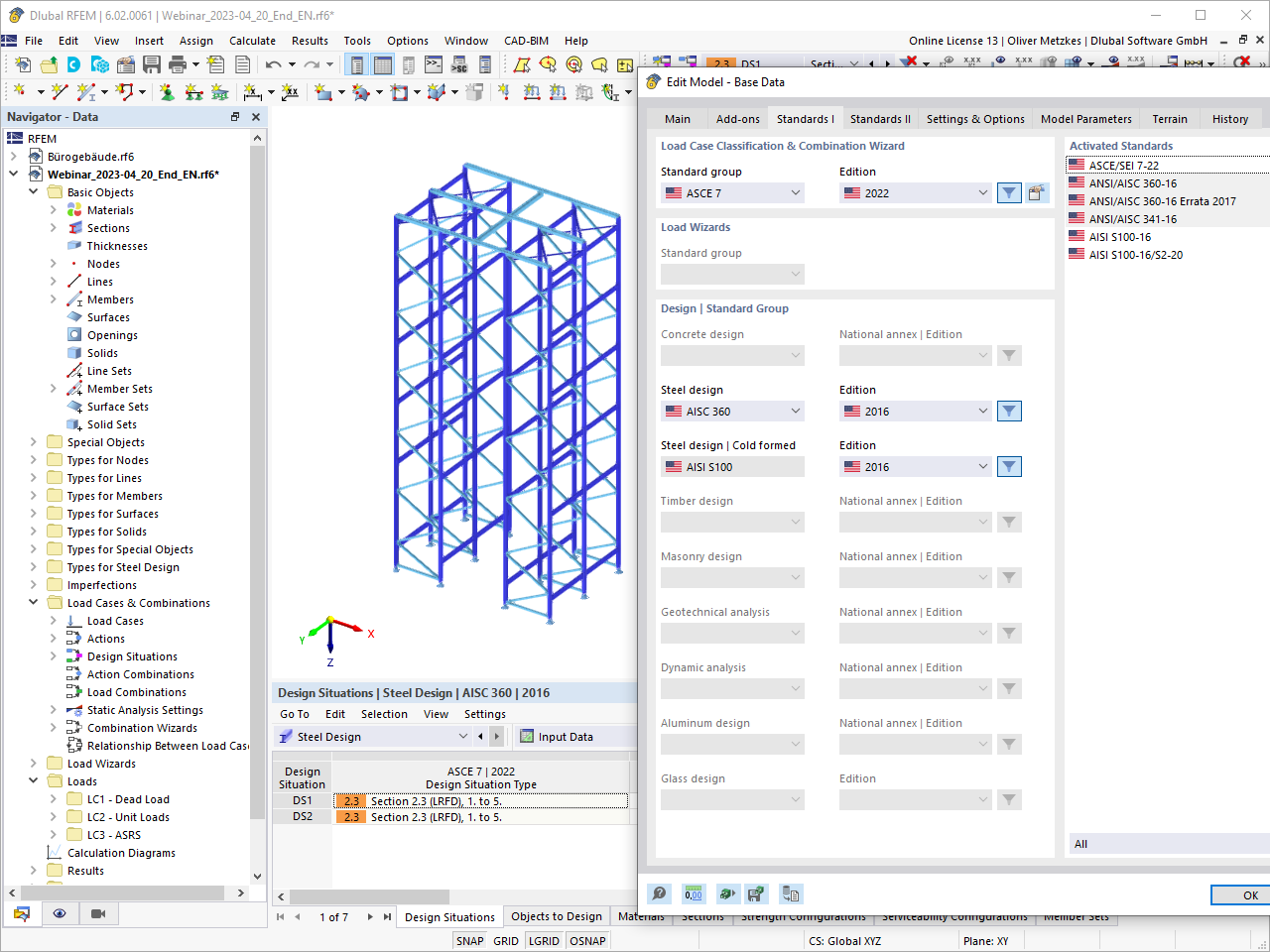
The design of cold-formed steel members according to the AISI S100-16 / CSA S136-16 is available in RFEM 6. Design can be accessed by selecting “AISC 360” or “CSA S16” as the standard in the Steel Design Add-on. “AISI S100” or “CSA S136” is then automatically selected for the cold-formed design.
RFEM applies the Direct Strength Method (DSM) to calculate the elastic buckling load of the member. The Direct Strength Method offers two types of solutions, numerical (Finite Strip Method) and analytical (Specification). The FSM signature curve and buckling shapes can be viewed under Sections.

Would you like to perform cross-section design checks for cold-formed steel members according to EN 1993‑1‑3? No matter if you design the cold-formed sections from the cross-section library or the general cold-formed (non-perforated) sections from RSECTION – your structural analysis program helps you to determine the effective cross-section, taking into account the local buckling and instability. You can also perform a cross-section check according to EN 1993‑1‑3, 6.1.6. In this case, the internal forces from the calculation using Torsional Warping (7 DOF) are taken into account by means of the equivalent stress check
Go to Explanatory VideoIs it possible to consider shear panels and rotational restraints in the global calculation?
Marine_Engineering_Wollert_GmbH,_Arnis__LI.jpg?mw=926&hash=fadc27b7017e43257618c71fd468248f178383db)


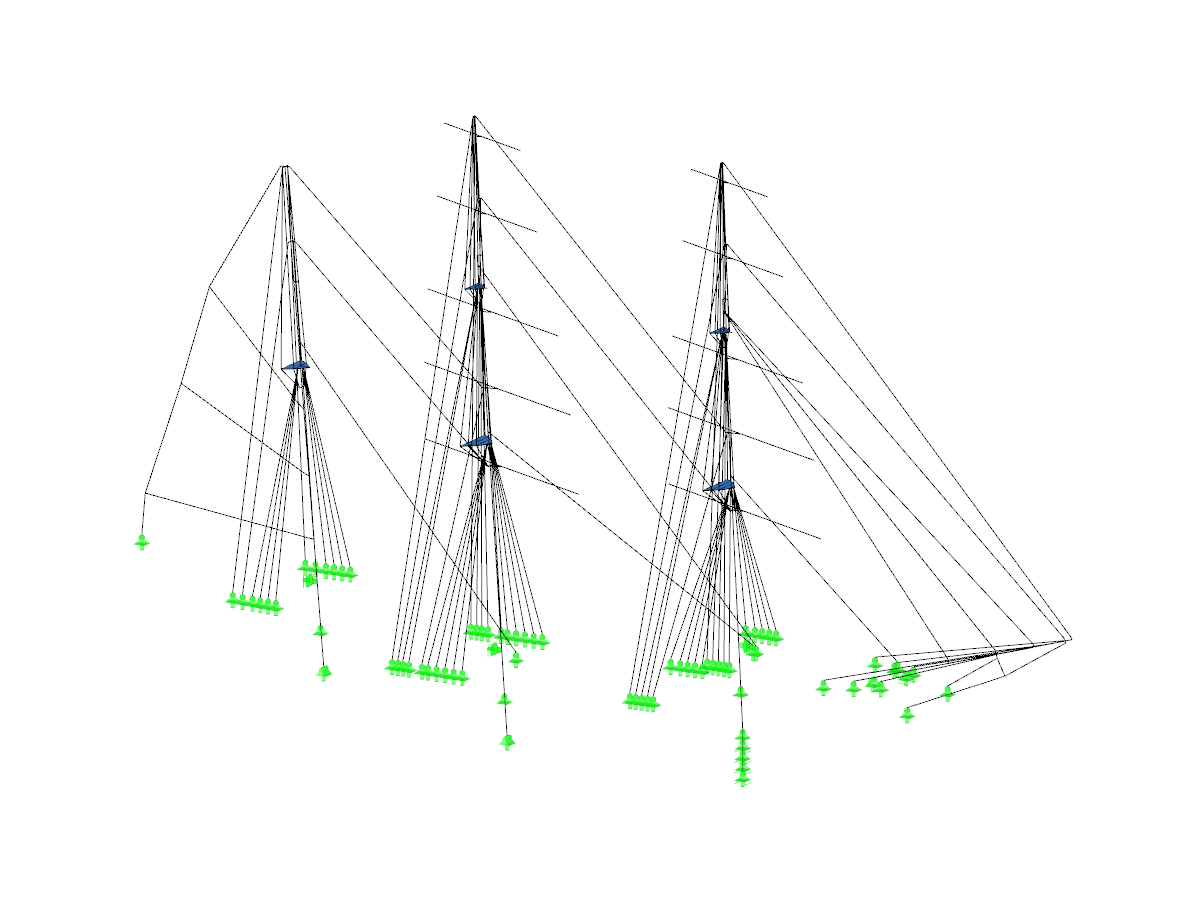
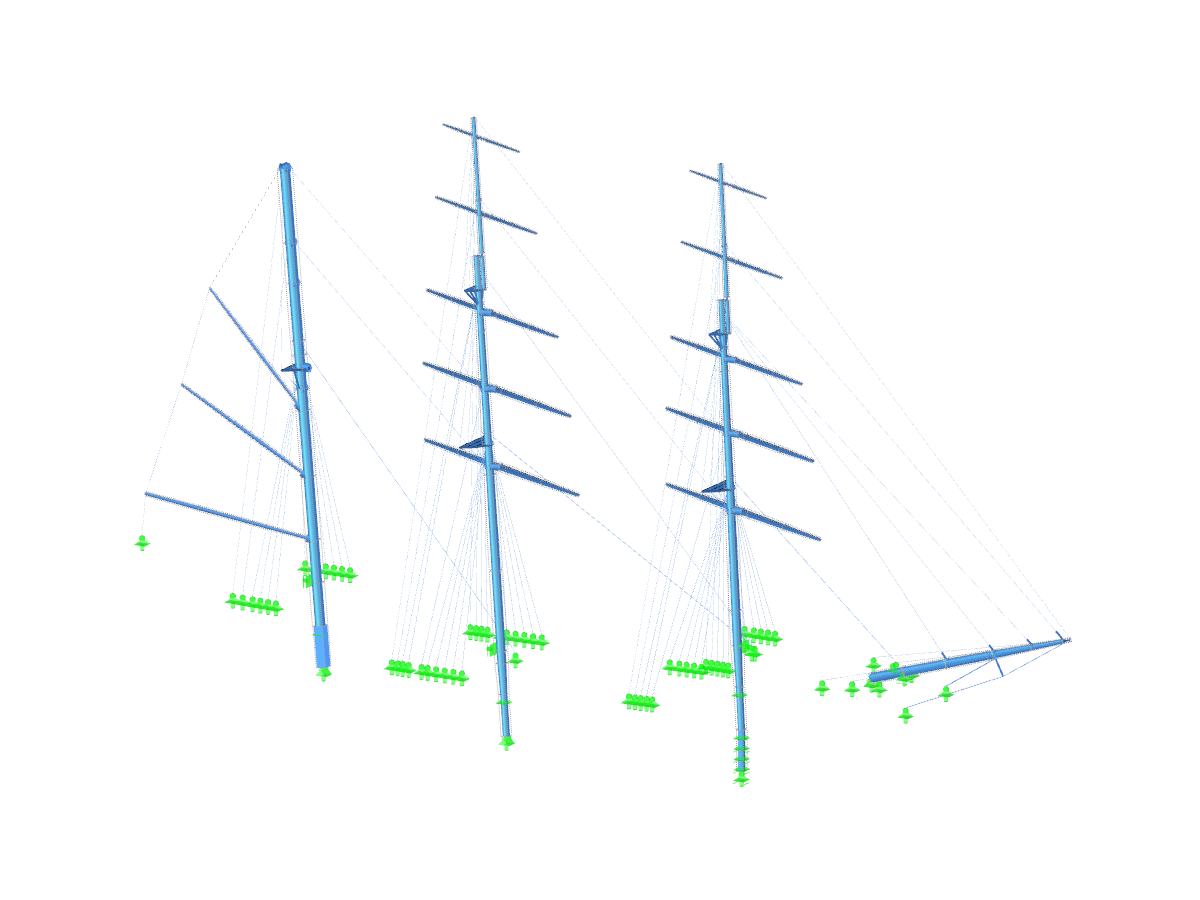














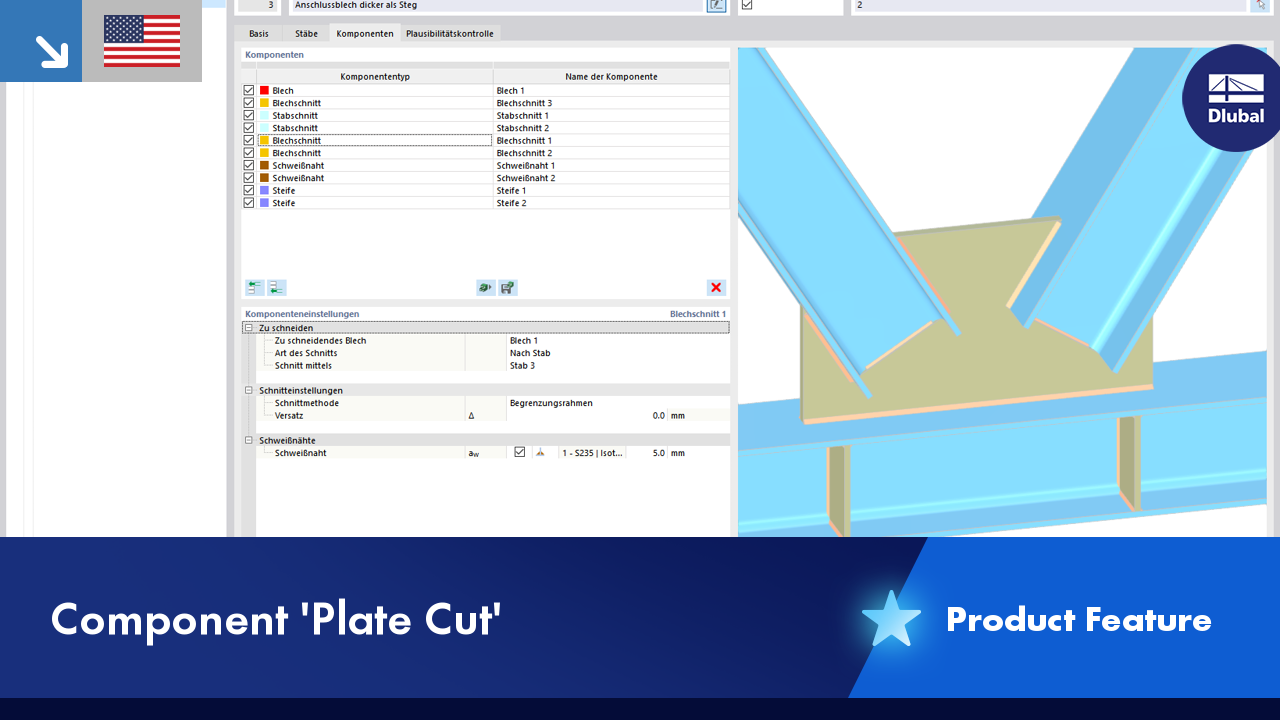



























_1.jpg?mw=350&hash=ab2086621f4e50c8c8fb8f3c211a22bc246e0552)




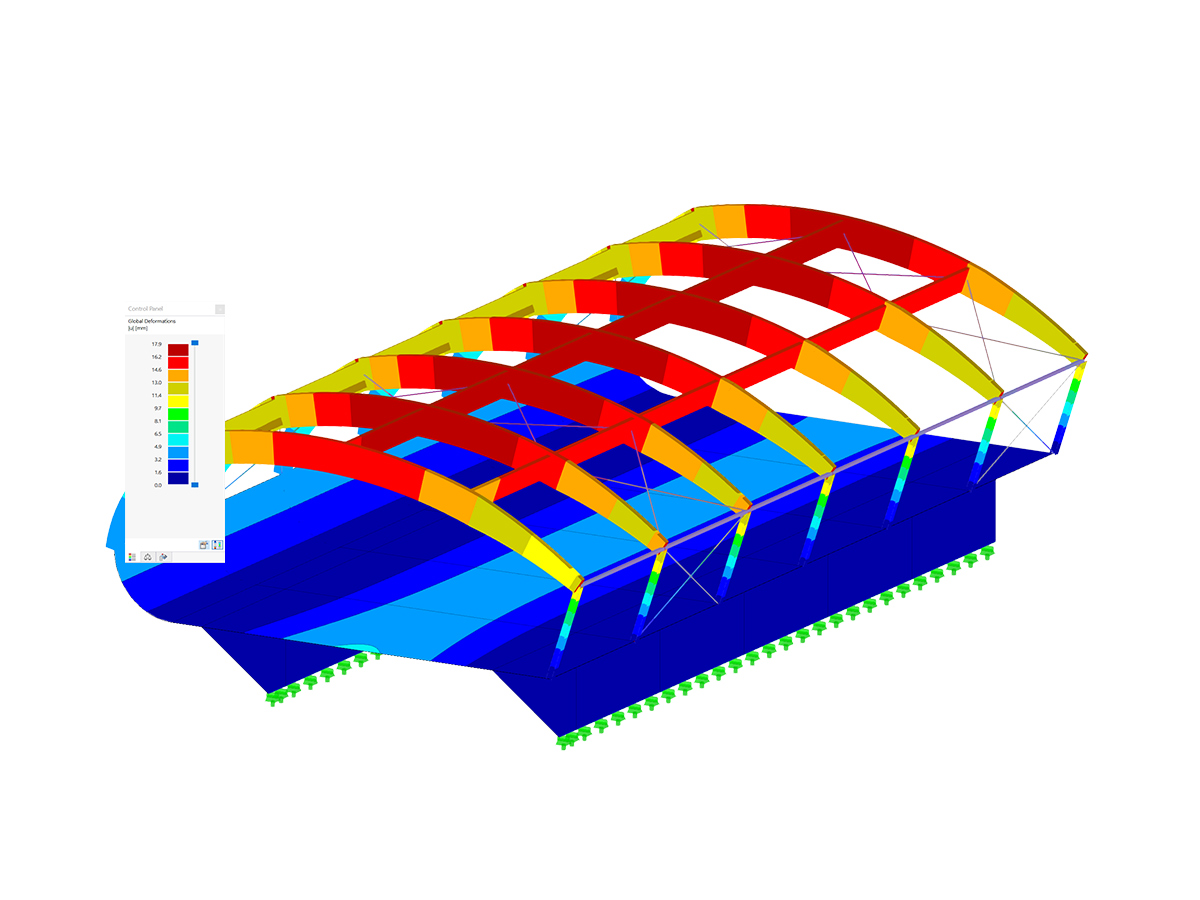
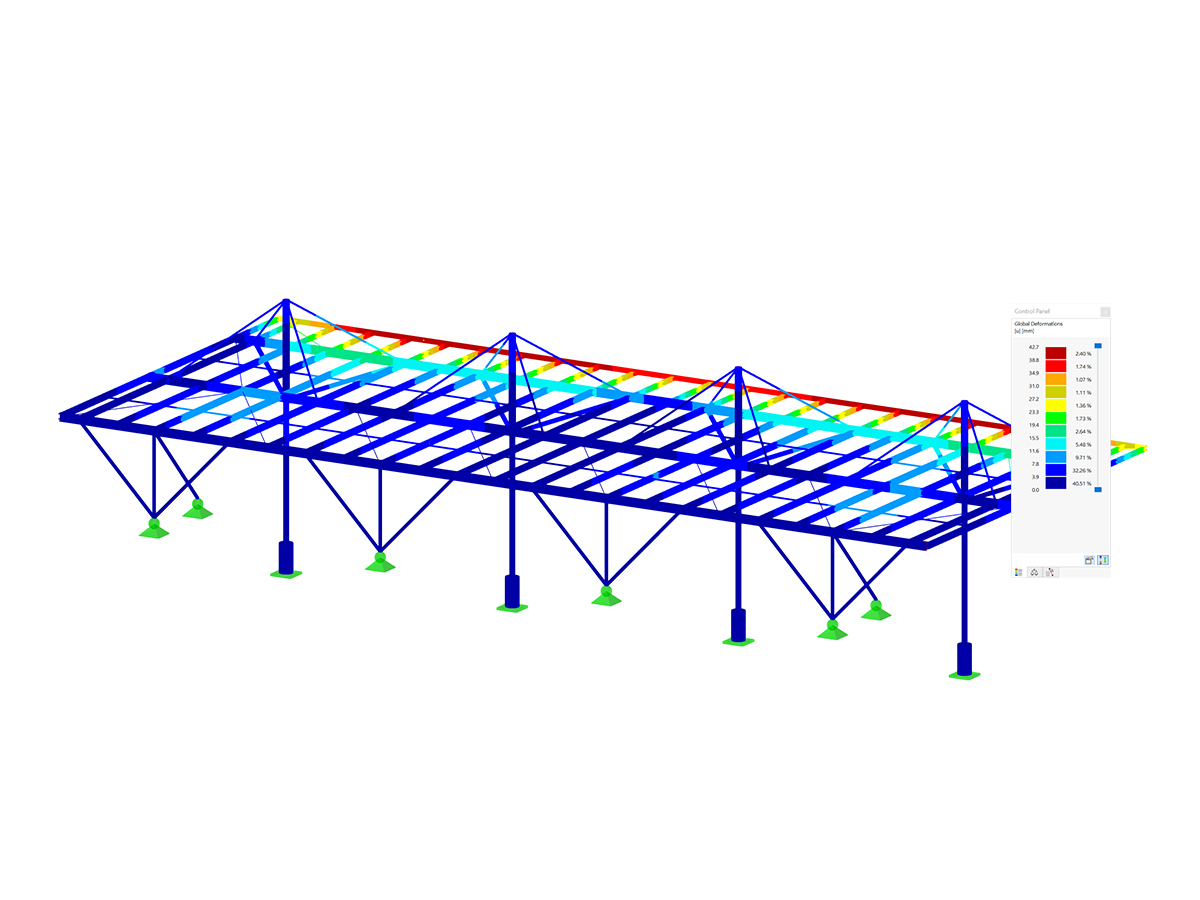
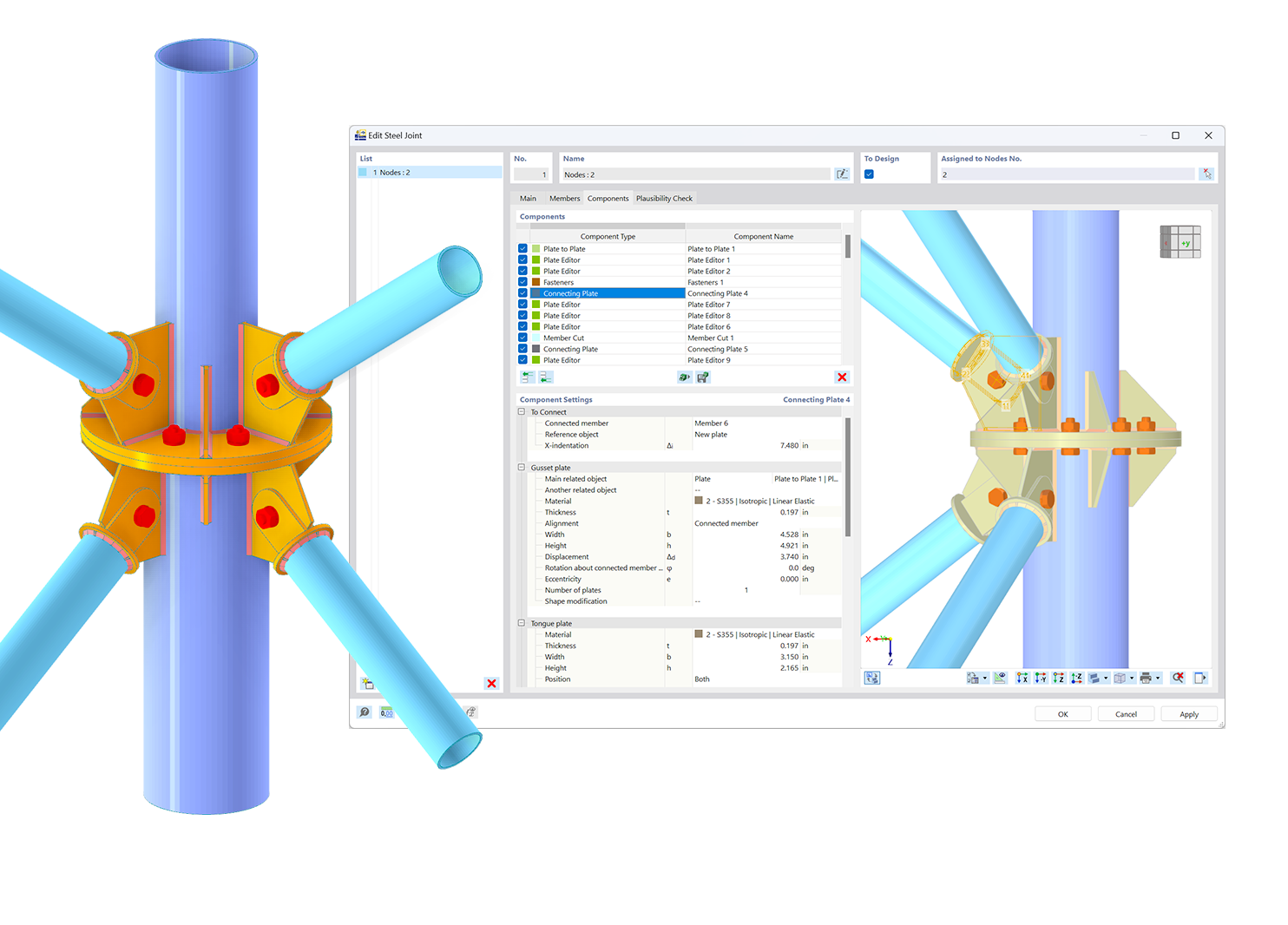.png?mw=600&hash=49b6a289915d28aa461360f7308b092631b1446e)
